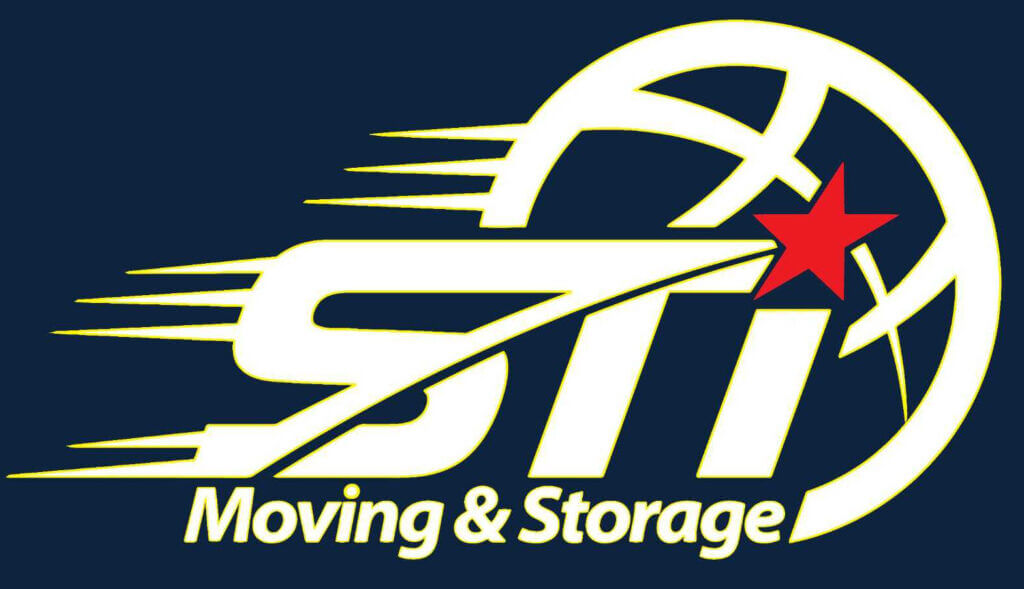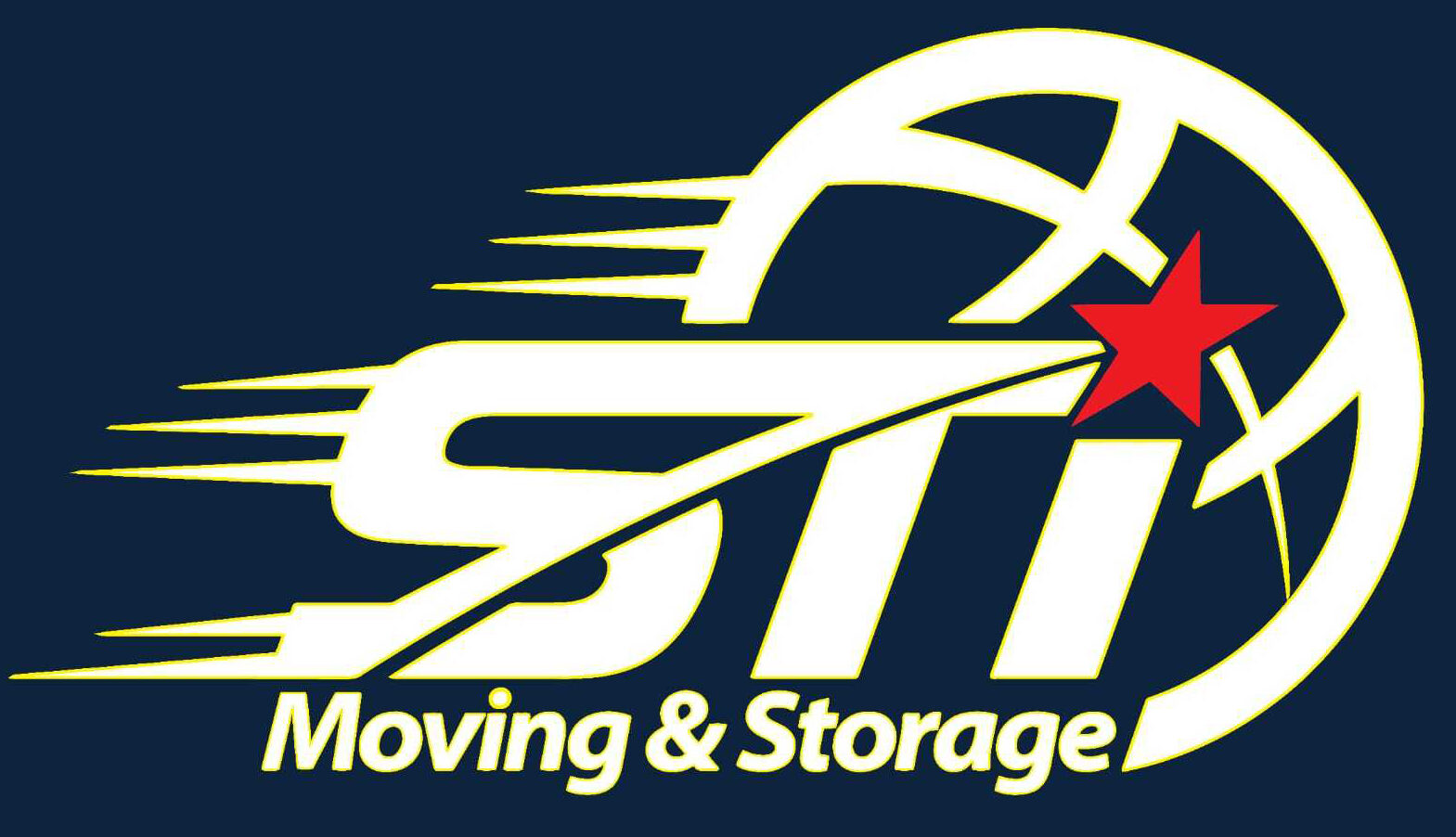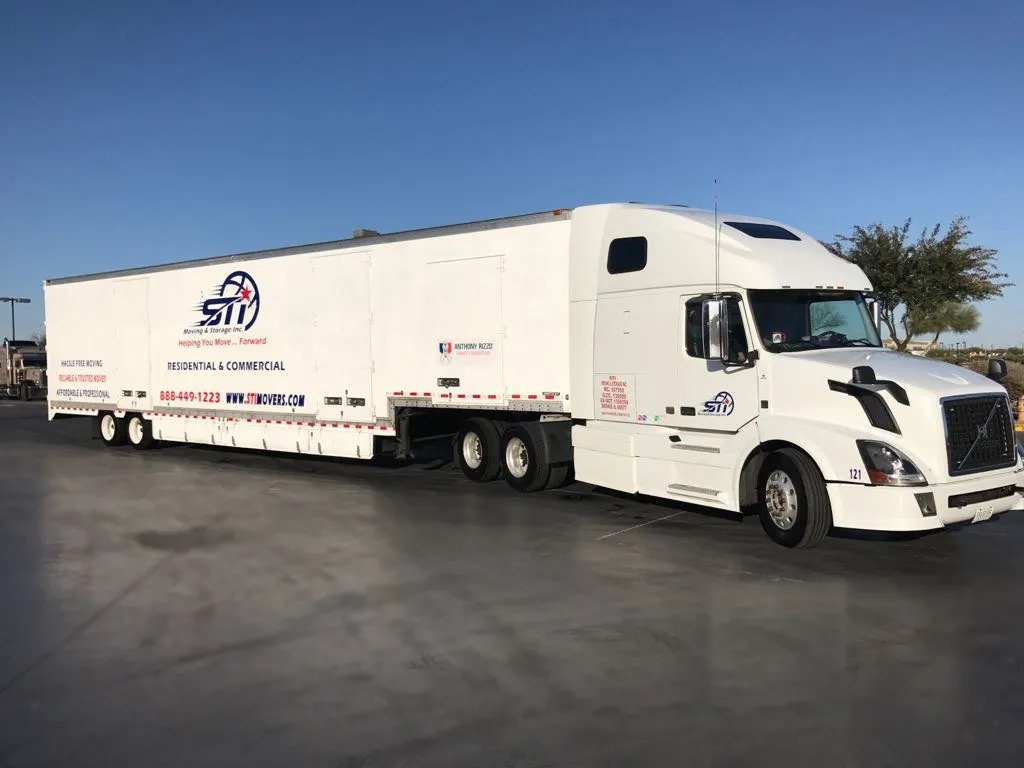When it comes to moving medical equipment, precision and care are critical. Whether you’re relocating a small clinic or a large healthcare facility, proper packing ensures that your valuable equipment remains safe, functional and ready for use at the new location.
Here’s a simple guide to the best packing techniques for a medical move.
Understand the Equipment
- Take inventory of all the items.
- Identify fragile, expensive or high-priority equipment.
- Know if any items require special handling such as refrigeration or shock-proof packing.
Use High-Quality Packing Materials
- Cushioning: Bubble wrap, foam or air cushions for fragile equipment.
- Boxes: Use sturdy, reinforced boxes that can bear the weight of heavy items.
- Sealing: Choose heavy-duty packing tape to secure boxes properly.
- Protective Cases: For sensitive devices like monitors or surgical tools, use custom-fitted cases or padded containers.
Label Everything Clearly
- Fragile: Mark boxes containing delicate instruments.
- Orientation: Use labels like “This Side Up” to avoid improper handling.
- Room Designation: Clearly mention where each box belongs in the new facility to streamline unpacking.
Disassemble When Possible
- Break down larger equipment into smaller parts for easier handling.
- Store screws, cables and smaller components in labeled zip-lock bags.
- Follow the manufacturer’s guidelines when disassembling to prevent damage.
Wrap Sensitive Equipment Individually
- Cover screens, monitors and diagnostic devices with anti-static bubble wrap.
- Avoid stacking heavy items on top of delicate instruments.
Secure Hazardous Materials
- Follow regulations for packing chemicals, medical gases or any hazardous materials.
- Use spill-proof containers and label them prominently.
Temperature Control
- For items like vaccines or lab samples, use insulated coolers or temperature-controlled containers.
- Monitor temperatures throughout the move to ensure items remain viable.
Plan for Unloading
- Pack essential equipment last so it can be unloaded first.
- Arrange boxes systematically to avoid confusion at the new location.
Conclusion
Packing for a medical move requires careful planning and execution. By using the right materials, labeling clearly and securing delicate items, you can ensure a smooth transition. If you’re unsure about handling specific equipment, it’s always better to consult with medical moving experts to avoid risks.



